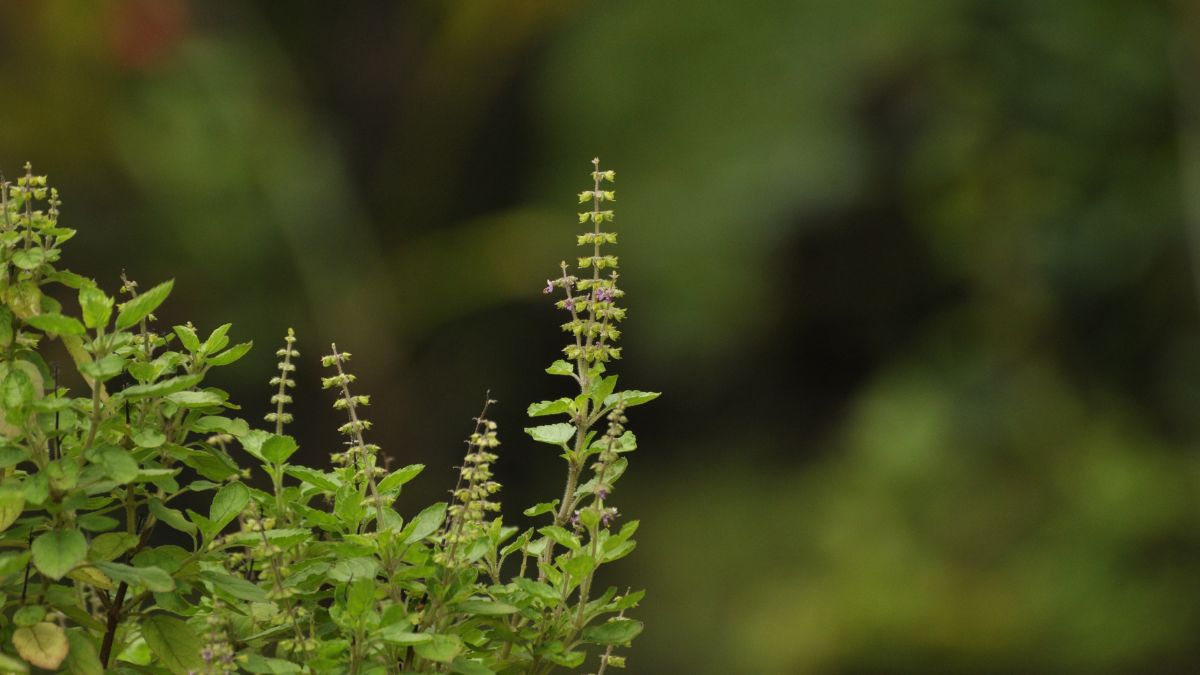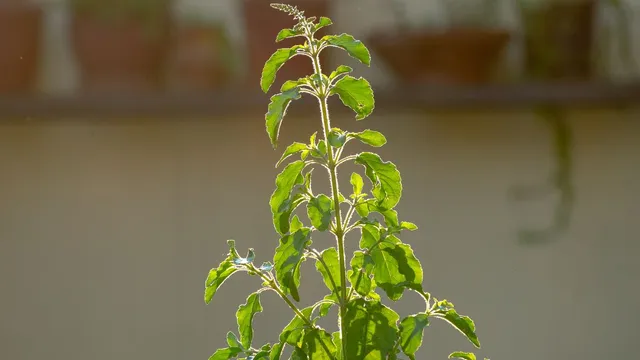- By Bornika Das
- Sun, 12 Oct 2025 02:03 PM (IST)
- Source:JND
Tulsi Plant Care: While festivals introduce joy and good vibes to the homes, the divine Tulsi plant finds itself a part of ritual and daily worship. The medicinal and spiritual benefits of tulsi (Holy Basil) have made it a symbol for purity, health and wellness in many traditions. However, with the festive season, there come changes in climate, greater pollution and off-time care schedules that can influence the plant's health and growth. Maintaining the Tulsi plant healthy and green throughout this period demands careful attention, basic care measures and a bit of dedication. Through proper care, the plant can grow exquisitely well, adding to the festive ambience.
The tulsi plant is not only a symbol of religious belief but also a natural air cleanser that makes your environment fresher and healthier. Its beautiful green leaves impart a peaceful beauty to holiday ornaments while imparting peace in the living space. To maintain its health throughout the season, there is no need to follow complex methods or spend money on special fertilisers. Simple tips, the Tulsi plant can be taken care of even by beginners. Here are easy and effective tips to keep the Tulsi plant healthy during the festive season.
How To Keep Tulsi Plant Healthy At Home During Festivity
Tulsi requires at least 4 to 6 hours of sunlight each day. If kept in constant shade, it tends to wither quickly. Thus, the perfect place for the plant is where gentle morning sunlight falls, as harsh midday sun can scorch its leaves.
ALSO READ: 7 Lucky Plants In Hinduism That Can Transform Your Life; Check Significance And Benefits
For the Tulsi plant, when it comes to watering, less is more. Tulsi should be watered sparingly every day. Overwatering can lead to root rot and wilting. Ensure the soil is lightly moist, without allowing water to stagnate. During the monsoon or winter months, water even more cautiously.

Tulsi Plant Care At Home (Image Credits: Canva)
Poor soil quality may also be to blame if your Tulsi plant is struggling. The plant thrives best in loose, well-draining soil enriched with organic fertiliser. You can mix cow dung manure or vermicompost into the potting mix, which can help replenish the essential nutrients and promote the growth of new leaves. To encourage rejuvenation, regularly pluck yellow or dried leaves and lightly prune the upper branches. This stimulates fresh growth and helps the plant regain its vitality.
Pest control is also essential. Insects can damage both the roots and foliage. Spraying the plant with neem oil or homemade neem water is an effective, natural solution that wards off pests without harming the plant.
As Tulsi is a delicate and sensitive plant, it benefits from consistent care. Daily watering in the morning and exposure to light, fresh air can go a long way in keeping it healthy and vibrant.

